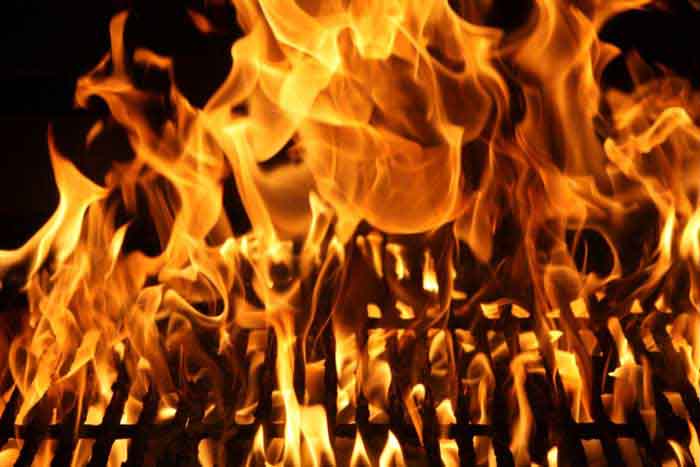Our office recently handled and thereafter settled a products liability case against a major manufacturer of smoker grill. The case concerned a “flash-over”, an intense fire caused in this case by the ignition of excessive built-up propane gas.
The plaintiff, a 37-year resident of Cornelius, North Carolina and pilot by trade, purchased the relatively large smoker grill at a local BJ’s retail store and assembled the same.

During the first attempted use the plaintiff lit the grill then went inside his home for about fifteen minutes. When he returned, he noticed that flame along the grills’ two burners had gone out and grill temperature had dropped. He then shut off the gas control knobs, opened the grill doors and waited about five minutes before attempting to start the grill again. As he pressed the ignition switch during the second attempted lighting the flash-over occurred resulting in major burns on his face, arms and legs.
He spent approximately one week in the hospital with follow-up care for his wounds and burns. His medical bills totaled over $28,000.00.
Our office hired a top forensic expert in the field of fire sources and fire causation from Columbia, South Carolina. Extensive testing was performed and a number of theories including an overall potential design flaw were advanced.
The case settled for a confidential amount satisfactory to both parties and without an admission of liability by the manufacturer.
Some thoughts and tips relative to this case:
1) In the event you or anyone you know may be injured by a consumer product remember to save the purchase receipt. The receipt is important for several reasons including proving the case is within the states’ statute of limitations (3 years) as well as the statute of repose (now 10 years from purchase) that applies to such claims, as well as establishing the insured’s right under law to be the plaintiff in the case.
2) Save the instruction booklet or manual that comes with the product to show the product was assembled correctly as well as the fact that the injured person did not “misuse” the product which is a defense to such claims.
3) Save the product and preserve it well. This sounds like an easy rule but we’ve actually had folks throw the product away or allow it to be damaged after the incident. In almost all cases, as in the case herein, each side (plaintiff and defense) desires and has the right to inspect the product. Failure to allow an inspection with a product that has met chain of custody requirements after the incident can spell disaster to the plaintiff’s case.
4) Do NOT contact the product manufacturer, the store where it was purchased or any insurance company to give statement without first contacting us or other attorney experienced in this area. A statement given without reviewing the essential facts of the claim and applicable law can also spell disaster to the ability to recover.
